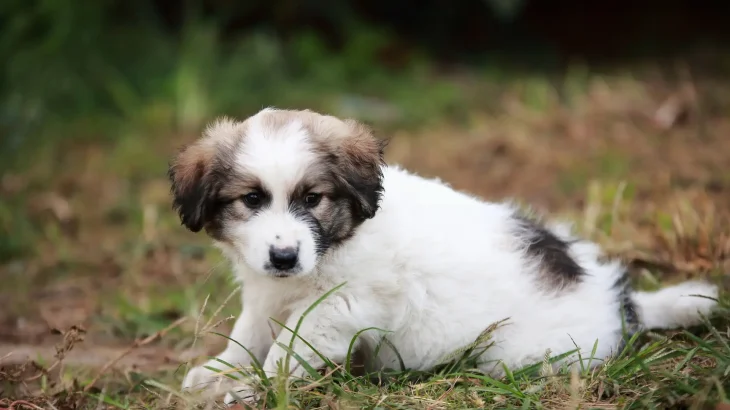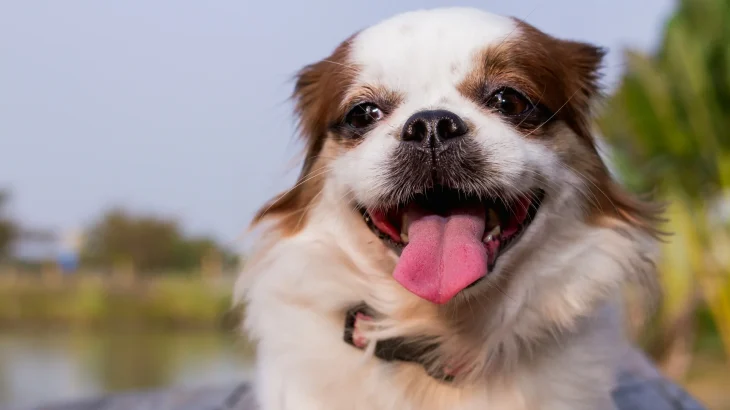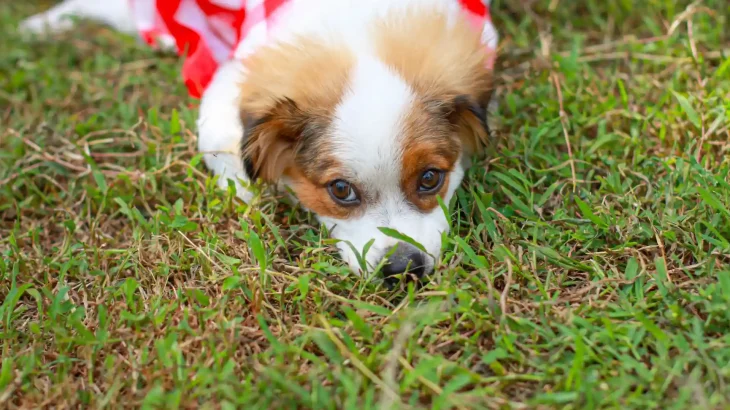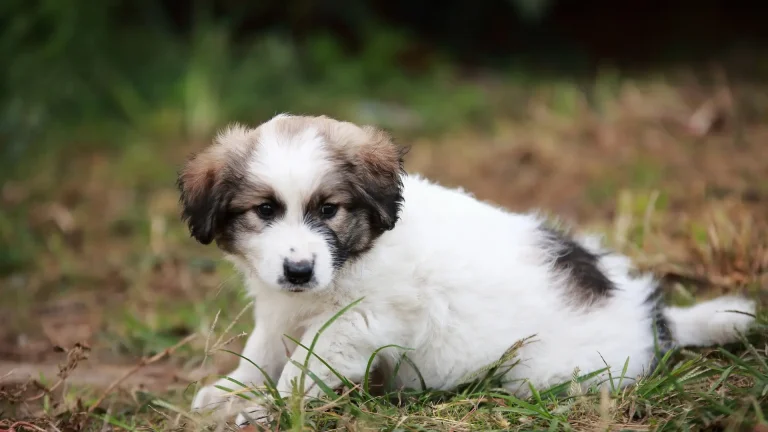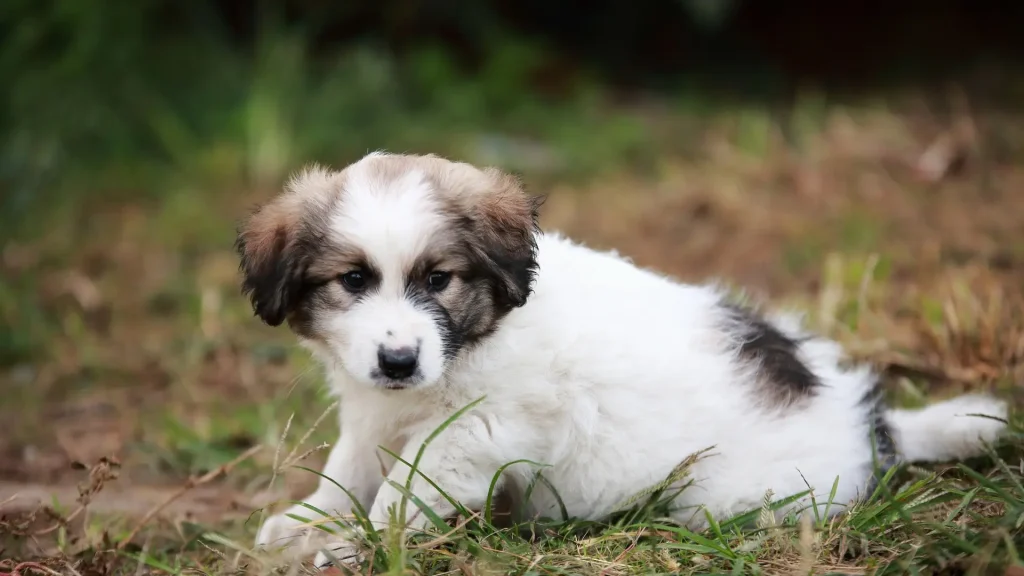When deciding whether to bring a Kromfohrlander puppy into your life through adoption or purchase, the key considerations revolve around health transparency and support systems. Purchasing from a reputable breeder often ensures clearer health histories and pedigree information, while adopting can be a rewarding way to give a home to a dog in need. Each option has its unique benefits and potential drawbacks worth weighing carefully.
Adoption vs. Breeder: Pros & Cons
| Criteria | Buying from Breeder | Adopting from Shelter/Rescue |
|---|---|---|
| Cost | Typically higher, reflecting pedigree and breeder investment. | Usually lower adoption fees, often including vaccinations and spaying/neutering. |
| Health History | Comprehensive health records and genetic testing often provided. | Health history can be limited or unknown; basic health checks usually done. |
| Age Availability | Primarily puppies, allowing early bonding and training. | Variety in ages, including adults, suiting different preferences. |
| Temperament Insight | Breeders may provide info on lineage temperament traits. | Temperament observed by shelter staff; background info may be limited. |
| Supporting Practices | Supports selective breeding and breed preservation when ethical breeders are chosen. | Contributes to animal welfare by rescuing dogs needing homes. |
| Ethical Considerations | Risk of supporting irresponsible breeding if not careful; encourages breed standards when ethical. | Promotes giving a second chance, but less control over breed traits. |

